Yesterday, I took you to the Nimiipu’u and Yakama homelands, to show you the oldest inhabited region in the Americas, as an introduction to a discussion of fate and time and what they have to say for social relationships in contemporary Cascadia and human links to the land. Here’s the link, if you want to catch up: https://okanaganokanogan.com/2020/06/28/fate-race-and-po…2020-part-1-of-5/ Here’s where we were yesterday.
Welcome to Buffalo Eddy. Now it’s time to meet a now-obscure Icelandic author, who never came to Cascadia, Canada or the United States.

Gunnar Gunnarsson, the Red-Headed Boy from the North East
Gunnar is in this story …
This Story
Welcome to the Columbia Basalt
.. because in another time of populist radicalization, Gunnar, a fervent libertarian, gave a speech about “time” on a book tour through Nazi Germany, a country infamous for murderous racism but also obsessed with the idea of living in the present moment. Racism is much on social minds in Cascadia right now. Gunnar has some much-needed advice. Here’s Gunnar’s speech:
“A Lecture on Nordic Fate,” by Gunnar Gunnarsson, 1936
No, Gunnar did not know German.
Gunnar’s criticism of the Nazi Regime was daring. There was only one other writer openly criticizing Germany from within the country that year (1936), and a year later that second writer wound up in the Buchenwald Concentration Camp. His name was Ernst Wiechert. He barely survived his 6 weeks of punishment, walking the infamous Road of Blood on which so many socialist and democratic politicians died horribly and building the camp with his bare hands, at the receiving end of a rifle, dogs, truncheons, boots, words and fists.
Ernst Wiechert, the Boy from the Masurian Marshes
Wiechert then spent eight years under house arrest, under the personal threat by the leader of the SS, Heinrich Himmler, that if wrote one word or said anything in public he would be sent back for his total spiritual and physical annihilation. Buchenwald was a camp for the destruction of souls. It was good at it. The SS used this pen …
Nazi Zoo at Buchenwald
… to stage bear fights-to-the-death, as a lesson to new guards about the need to have no squeamishness about violence against Russian prisoners and communists, who, after all, were “Russian bears” and “beasts” and were “known” in Nazi ideology to be politically self destructive. Then the SS used the electrified fences of the camp (right beside the zoo and visible in the upper left of the image) to herd people and spiritually and physically destroy them. The crematorium was just to the left of the image boundary. Wiechert buried his manuscripts in his garden until the regime fell. Here’s another bit of racial history:
The Upper Yakima Gorge: Sacred Homeland, Geological Wonder, or a Camp for the Spiritual and Physical Destruction of the Yakama People?
Well, all three. Once a village site with its orchard. Now a desert of cheat grass and a beautiful “landscape.”
If we accept that this image shows only the present, we are tacitly accepting that the desert here, the result of 1855 vigilante clearances abetted by 1856 US Army summary executions and the work of the army’s recently-seconded military chaplain and former missionary to the Yakama, Father Charles Pandosy, is precisely what you see above: not the result of social oppression and blindness, grazing abuse under anarchic settlement society operating on a misuse of common law, not a rich and bountiful land, but a desert of dead grass, some scattered sage brush, crippling heat, some saskatoon bushes, and cooked basalt. Nature, in other words. A shrub steppe. What’s more, such an acceptance accepts the barren nature of this land, and how it can provide nothing of human sustenance, nor how it is the result of human action and accurately displays it. Following that path, it is only an image of despair and apocalypse. And don’t, please, accept the other present, just up the gorge:
A Hayfield at the Mouth of Mnassatas Creek in the Kittitas Valley
This is Owhi’s valley.
Images like this are the heart of the myth that the technology and vision of Euro-American settlement turned a desert into an Eden. The water, however, is squandered to produce a luxury crop as an aesthetic landscape, based on the idea of living in the present while honouring the past. The water has a history. It belongs to the Kittitas people and their cousins. They live to the south now, in the Toppenish Valley, below the ancestor Pahto, that they share with all the Yakama peoples:
No Irrigation Here
The irrigation is for the hop fields that White farmers contract out lower down in the valley, close to Toppenish. The history of water in Toppenish is long and bitter and consists of betrayals and trade-offs and bids for survival on all sides, and enough suppression for all to share. This is not the time to follow that byzantine maze, however, because the main point is that this present has a past and a future. If we erase the past, that past does not go away. It just becomes aesthetic and hidden. The water will remain an artful product in the Kittitas, where it is protected by water rights, and it will keep on as a beer additive on the Yakama Nation land to the south, where other agriculture, unsubsidized by gentrified money from Seattle, will be marginal, at best. The boundaries of the Reservation will remain, as inadequate as they are, because they will have no past. What’s more, Pahto will just be a volcano called Mount Hood and not the giver of life to the Yakama, as is remembered in the 12,000-year-old story that records the catastrophic floods that covered this land with water and silt that had blown up against the face of the continental glaciers, erased traces of earlier people and then drained away, leaving the land to be recolonized with life from Pahto. That’s how I read the story, at any rate, and though it’s not my story to tell, I can respect it, and I can say that this is more than a landscape. It is the body of a people who live in deep time. The very idea that that story is their property is the result of history, not the land. In other words, that I cannot tell this story is a part of settler violence. Now, that is understandable, given the circumstances, yet denying that, and saying that the image above shows only the present world, is to reduce the Yakama and their land, and all the rest of us as well, because the Yakama are the land. We should not stand for our land being turned into an elite social space, in any way. Later in this series, I hope to show you how Gunnar’s message to the Germans in 1936 shows a way forward, one that the Germans did not take up, but right now it would be enough if you saw, in an instant, that the image below is not the image of a volcano. Rather, it is a social and ethical act.
But enough obscurity. What got me started on this blog was an article that appeared in the National Post (a Central Canadian Conservative Newspaper), which claimed that British Columbia (the northern half of Cascadia) was one of the most colonial names in Canada, with the suggestion that they are ripe for change. Here’s the article: https://nationalpost.com/news/canada/everything-is-offensive-here-are-canadas-other-politically-incorrect-place-names. Here is what they have to say:
British Columbia
One of Canada’s most left-leaning provinces also has its most blatantly colonial name. The “Columbia” part is derived from Christopher Columbus, who had barely finished discovering the New World before he started kidnapping Indigenous Cubans. The British part, meanwhile, is a vestige of the province’s days as a far-flung British colony. The B.C. flag even includes a giant sun as a nod to the maxim that the sun never sets on the British Empire.
How convenient. Sure, the name is ripe for change, but this isn’t how to do it. And then, on June 16, The Tyee (a socially-progressive Western Canadian online newspaper) joined the call. Here’s the article: https://thetyee.ca/Analysis/2020/06/16/Changing-British-Columbias-Name/ Here’s an excerpt:
The name fails to acknowledge the Indigenous Peoples here before Europeans arrived, implicitly honours England’s racist colonizers, and explicitly lionizes Christopher Columbus. If ever there was a moment to rebrand, it is now.
I’m all for changing it, if something pan-Indigenous could be found. But can it? The place is pretty much a linguistic, cultural and geographical impossibility. There is no single language, or even language or cultural group here. Something new would have to be invented. While we’re working at that, let’s first remember that this name, “British Columbia” has a story. Changing the name might not change that story so much as hide it from view. For example, “British Columbia” doesn’t just signify British colonialism and Christopher Columbus, as the articles above suggest, so much as the Columbia District of the Hudson’s Bay Company, or, rather, the rump of it, after the Americans got its southern half, Oregon and Washington. Yes, the name is a nod to Columbus, after the symbol of American manifest destiny, Columbia…
American Progress by John Gast
Look at her (Columbia) string telegraph cables across the continent, clearing all before her. What a powerful girl.
Really, yes, she is named after Columbus, but she has a colonial legacy all of her own. An awful one, largely, but do let us remember that of all the horrors that took place in Old Oregon, the region did not become a series of slave states. The push was on to make it so, to give plantation boys from the South their own estates and to balance the number of slave states with non-slaving states. It was the work of good people, often following Columbia, who prevented that from happening. At the same time, the awful brutality of the US Civil War was forged in gun battles and lynch mobs in California, Oregon, Washington and, finally, what was to become British Columbia, where it was usually the law itself that was an ass. I would like to remember the good people. I would like to remember Father Pandosy …
… one of the people racialized and driven out, who, despite his guilt at promoting the colonial enterprise and the terrible conditions at his residential school in Penticton, did, however, prevent a genocide of the Yakama people and did make numerous illegal trips to the Nisqually to bring French Canadians friends to safety out of an increasingly difficult and increasingly-racialize situation. Going back to Columbus strips us of the language to speak of this story. It’s just Columbus.
Christopher Columbus: Slaver
Columbus was an awful man. We would do well to get ourselves out from under his shadow, but do let’s remember that the Columbia District was Canadian before it was American (and before Canada was confederated as a nation), and, for better or worse, was populated by well over a thousand Canadians, who took native wives and settled in the Walla Walla, the Nisqually, the Colville, and the Willamette. They were eventually racialized by American settlement, integrated if they could, went back to the reserves if they had to (or could) (and only if they were female), and fled North, to the area the Americans wrote off as too barren to produce anything of value and good only for what were considered such racial undesirables as Catholics, French, Indians, Canadians, and the British, who were all considered a racial stain on American womanhood (ie on Columbia, as Gast painted her.) It’s an awful image, but not without some light, including the light of The Tyee being able to call for a respectful re-naming.

The Prince’s Cabin, Frenchtown
Hudson’s Bay Company Factor Pierre Pambrun commissioned this classic French Canadian cabin for a cayuse chief’s son, to pay him back for beating him and having made him a slave over his refusal to pay American prices for furs (which were set high to bankrupt the HBC). It showed that Pambrun understood Indigenous law perfectly and was willing to accept it and work with it. It remains the oldest structure in Washington. A similar Canadian cabin nearby, converted into an Oblate Mission, sheltered women hiding from the Whitman Massacre of 1847. Father Pandosy, who would become one of the main targets of the vigilantes in the “war” in the Yakima in 1855, was one of the first three Europeans to hear of the massacre. His entire working life was spent resisting the racial retribution that came from that unfortunate exercise of Indigenous law against, essentially, the image of Columbia.
The image of Columbia? In this case, Narcissa Whitman:
Narcissa and her husband Marcus came out with the Spaldings in 1836, and helped found a mission in Waillatpu, aka Frenchtown. She was quite simply the wrong person for the wrong job, but she did try to fulfill it with some dignity. When American woman, traumatized by the appalling conditions of the Oregon Trail and the casual violence enacted by their husbands (among others), arrived at Waillatpu, she took them in out of Christian mercy. The measles that spread from the last of these groups (the one to which Pandosy was attached), led to the brutal murder of both Marcus and Narcissa and 12 others, and the month-long imprisonment of 54 women and children as hostages (and in some cases sexual slaves.) They were rescued by the personal intercession of Canadian HBC factor Peter Skene Ogden, one of the company’s enforcers, who has otherwise much to answer for. Still, he compromised his company in order to buy back the hostages, and delivered them safely to Fort Vancouver on company boats. He did so because of a lifetime of connections (good and bad) with Indigenous people. That war came despite his brave efforts should not rest on his shoulders (nor ease them of the burden of his other acts against the people and the land.)
Columbus is too distant to be a defining symbol of the shit that went down here, although his actions define it. Let’s also remember that the Columbia District was the northern and western stretch of a vast part of the continent formerly called Louisiana, and that more than a few of the early American settlers called French Canadians “cajuns”, drawing a comparison with them and Acadians stranded in the bayous of Louisiana. There was a fear that all of these cajuns would rise up, make common cause (again) with native peoples, and erase American hold on the continent. The ties with the American and Indian Wars, French colonial policy in North America, Sioux slave trading with the French, the Mormons, and the War of 1812, are all strong. The ties with slavery and race, and a desire to escape it, or to come out on the power end of its lash, is just as strong. For better or worse, the defining word here is liberty, which is both the liberty to be a slaver and the liberty to be freed of him, a distinction that the push for a new name for British Columbia is still trying to resolve.
Tomorrow: From Indian Reserves to the Centre of the World

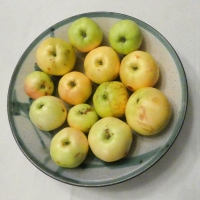



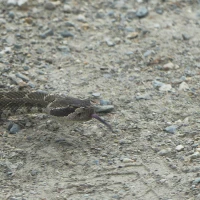
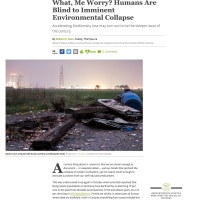
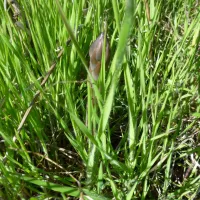
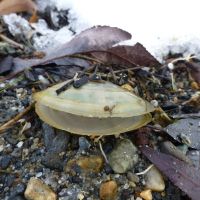


















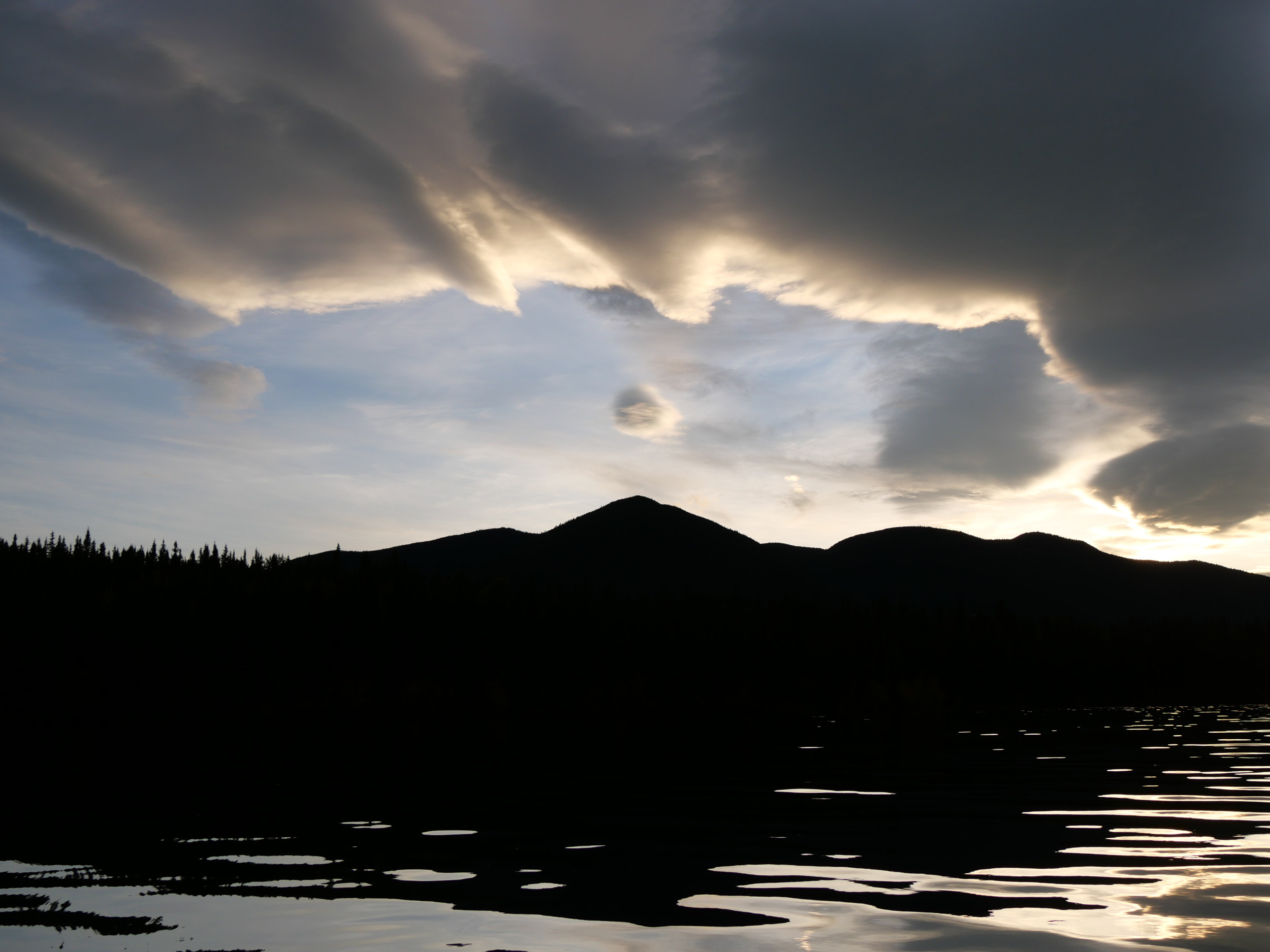
Thank you for providing this information and interpretation. I know so little. . . .
LikeLike
I hope you hang in for the next snippet!
>
LikeLike